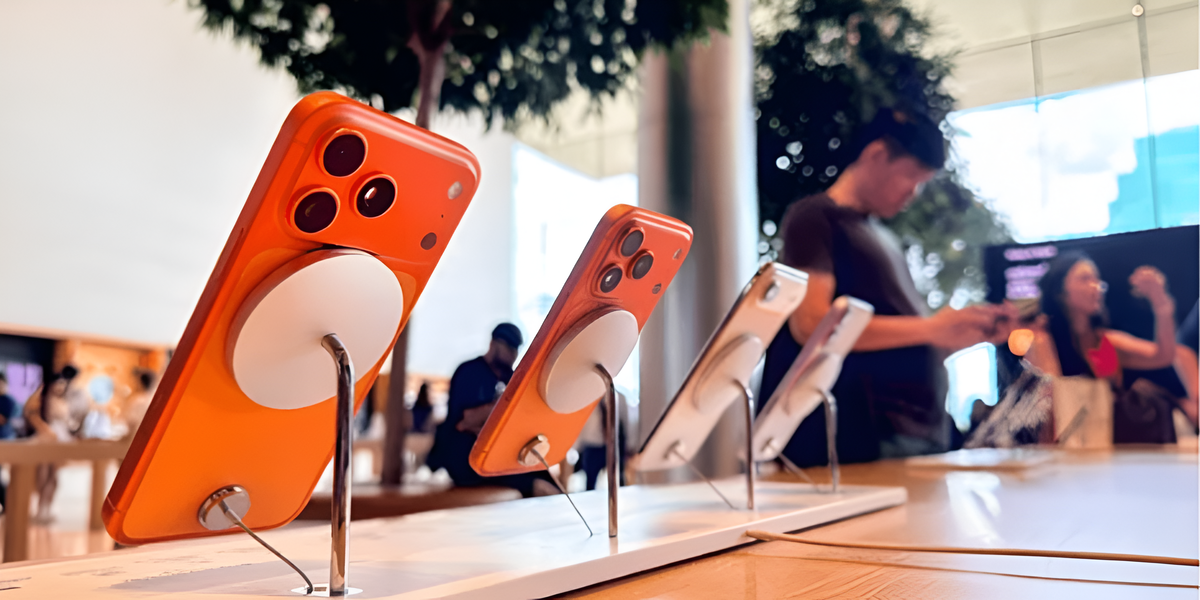plastic trash on the beaches have become a serious problem threatening the life of aquatic ecosystems. They pose a danger not only to animals who might ingest them or become entangled in them, but also to humanity as they break down into microplastics. To combat them, a group of scientists has developed a technique for detecting debris from space.
Researchers from the Royal Melbourne Institute of Technology (RMIT) have developed tool capable of tracking plastic litter on beaches. Although there are already methods for detecting plastic debris from space, they are not accurate enough on the coasts. Satellites are focused on tracking large amounts of plastic in the water, but they have difficulty identifying it on land because it is mixed with sand.
To solve this problem, RMIT scientists have developed Stranded Plastic Waste Index (BPDI), a method that measures the difference in reflected light from plastic debris compared to sand, water or vegetation. According to the researchers, BPDI is a mathematical formula that classifies these light patterns collected by a satellite moving in low Earth orbit.
“BPDI is designed to map plastic litter on beaches using high-definition data from the WorldView-3 satellite, which orbits the Earth along the Sun at an altitude of 617 km,” the researchers noted. “This latest advancement means we now have an effective way to detect plastic on beaches, where it can be more easily accessed and removed through cleanup operations.”
Satellites could detect plastic waste in water and on beaches
According to a post on RMIT’s website, the researchers tested BPDI against other satellite detection methods. To do this, they placed 14 objects on an Australian beach, each made from a different type of plastic. The targets covered an area of about 2 square meters, much smaller than the satellite’s pixel size.

According to experiments, BPDI outperformed other detection indices that failed to identify the target or they misclassified areas of the beach as containing plastic waste. The researchers added that their spectral index is very useful in environments where water pixels and plastic-contaminated pixels coexist.
“This is incredibly exciting because until now we have not had a tool to detect plastic in coastal environments from space,” said Mariela Soto-Berelov, co-author of the study published in the journal. Marine Pollution Bulletin. “The beauty of satellite imagery is that it allows you to image large, distant areas at regular intervals.”
Methods to measure the scale of the problem or conduct cleanup in remote locations have been limited by technological capabilities, said Jenna Gaffogg, the study’s lead author. BPDI will be key to detecting and removing plastic waste, so researchers will collaborate with organizations to carry out cleanup operations.
Source: Hiper Textual













